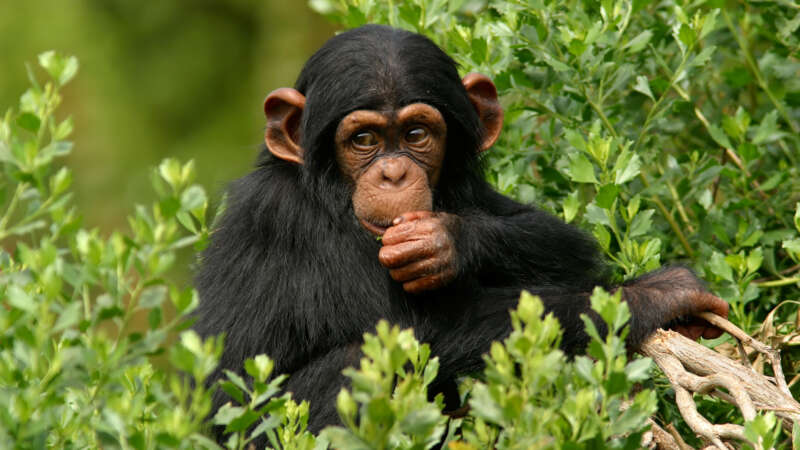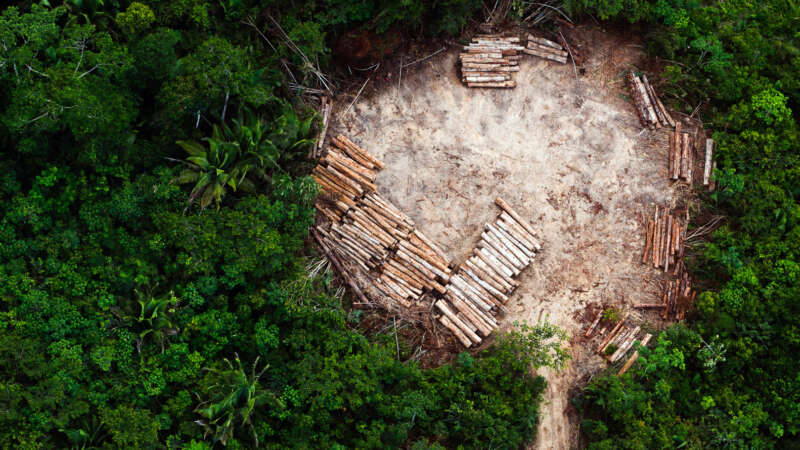amazon rainforest
Chimpanzees May Self-Medicate With Plants, Using the Forest as a Pharmacy
Chimpanzees may be using the forest like their own personal pharmacy. When they’re sick, the primates appear to seek out and eat plants with antibacterial and anti-inflammatory properties, according to new research.
Observers have long suspected that chimpanzees use plants to self-medicate. Now, a new paper published last week in the journal PLOS ONE offers more evidence in support of this idea.
Researchers followed two groups of wild chimpanzees through Uganda’s Budongo Forest for eight months. They recorded what the animals ate, as well as whether they were sick—which they determined by checking their feces for parasites, testing their urine for elevated levels of immune cells and looking for wounds.
Shrinking Forests, Emerging Diseases
Dona Dora’s man is away from home a lot more these days. It didn’t used to be like that.
He leaves early, sometimes on foot, but increasingly on his bicycle, and heads into the forests surrounding Belém, the capital of Brazil’s Para province. He keeps his eyes open especially for five medicinal plants that are always in demand — sucuúba (Himatanthus sucuuba), copaíba (Copaifera spp.), andiroba (Carapa guianensis), barbatimão (Stryphnodendron spp.) and pãu d’arco (Tabebuia avellanedae).
Fifteen years earlier, he would have found all five within hours and been back for lunch, but times have changed. These days, medicinal forest plants in high demand are becoming harder to find as forests that have stood strong for millennia are cleared to make way for grazing pastures for millions of cattle, agriculture, and development.
Now, Dona Dora’s man can spend a whole day and not find more than a few plants. It might be late at night before he gets back home.
Deforestation’s Hidden Toll: Amplifying Disease Risk Worldwide
In the last couple of decades, the lush rainforest around the remote village of Meliandou in the heart of Guinea has become patchier. Animals, like bats, saw their habitats dwindle and in a quest for survival, they sought refuge in closer proximity to human environments, making the boundaries between species thinner. A hollowed-out tree in the middle of the village became home to a colony of bats.
About 50 meters from the same tree, in the heart of Meliandou, a two-year-old boy named Emile lived with his family. In a matter of days, Emile fell ill with an unknown virus, developed a high fever, and died. Soon the same virus, that scientists now believe Emile got from the bats, took the lives of his sister, mother, and grandmother. The village, surrounded by a ring of forest, unexpectedly became the epicenter of a devastating outbreak that would leave an indelible mark.


